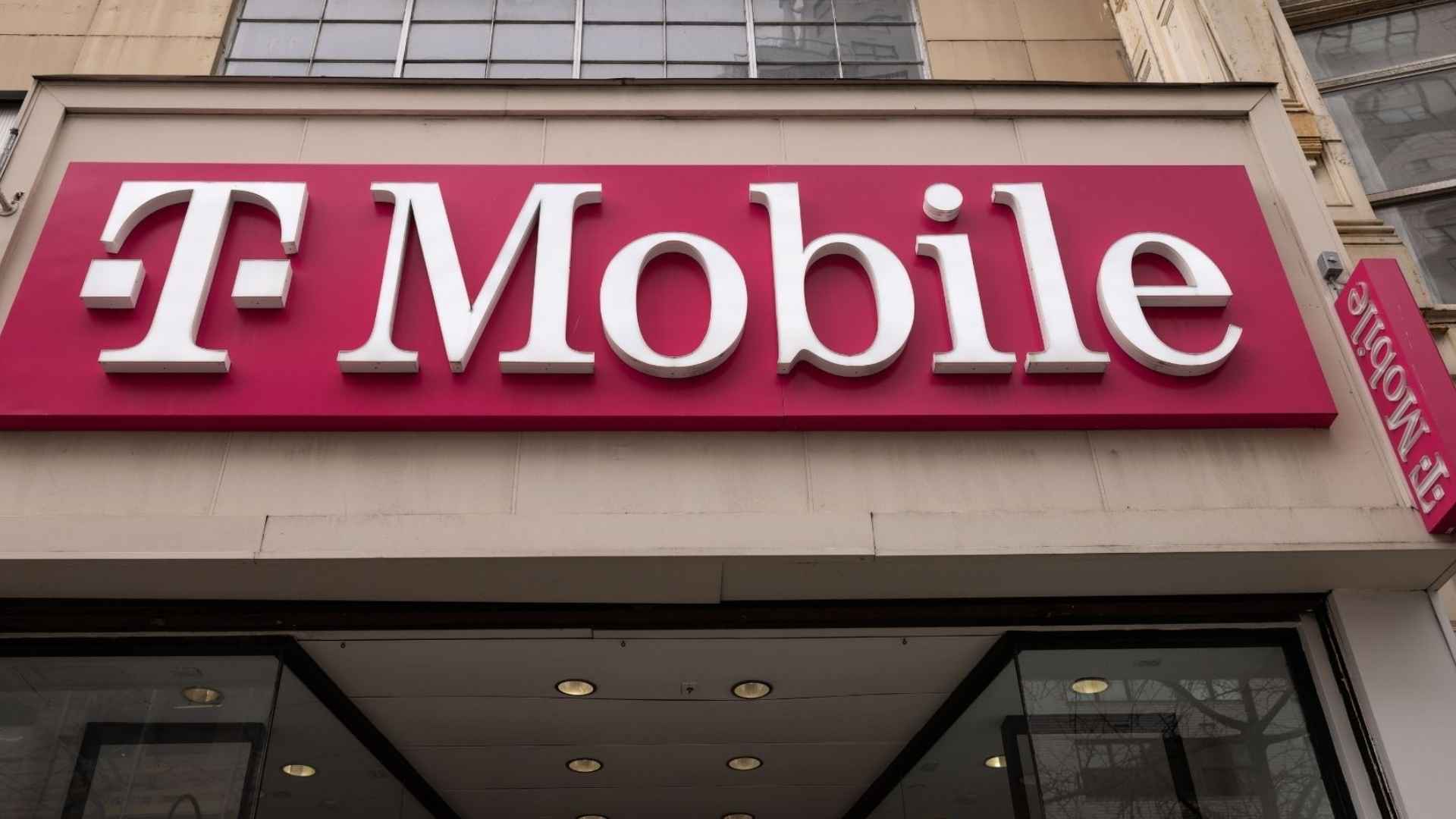Four million customers, hundreds of stores, and a wide slice of rural spectrum now move under the magenta umbrella—without any forced plan changes.
T‑Mobile’s purchase of UScellular is finally a done deal, closing the book on the country’s last major regional player. The carrier is paying $2.6 billion in cash and assuming $1.7 billion in debt, bringing 3,000 additional towers, roughly 30 percent of UScellular’s spectrum, and those 4 million subscribers into its nationwide network. For longtime UScellular users, the immediate message is simple: keep using your phone as usual.
How the T‑Mobile‑UScellular merger reshapes rural wireless coverage and competition nationwide
T‑Mobile has made no secret of its ambition to blanket underserved areas, and this acquisition supercharges that push. By absorbing low‑band 600 MHz and mid‑band PCS, AWS, and 2.5 GHz licenses—plus a slice of 24 GHz millimeter‑wave—the carrier gains fresh capacity for both voice and 5G data. Will your signal bars improve on that back‑roads drive? That’s the goal, especially once those 3,000 extra towers light up over the next year.
| Merger milestone | Detail |
|---|---|
| Purchase price | $2.6 billion cash + $1.7 billion debt |
| Customers gained | ~4 million wireless subscribers |
| Spectrum acquired | ~30 % of UScellular’s holdings across six bands |
| Infrastructure boost | 3,000 additional towers, mostly in rural regions |
| Target integration date | Mid‑2025 network cutover |
The FCC’s swift approval, delivered in July, underscored a rare moment of consensus: expanding rural coverage without shrinking the Big 3’s market share further was worth the trade‑off.
What current UScellular customers should expect as networks combine over the next year
Right now, nothing changes on your bill—pretty sweet, right? Existing plans, phones, and add‑ons will keep working as T‑Mobile folds UScellular’s spectrum into its own grid. When integration is complete, customers can opt into Magenta or Go5G tiers that bundle perks such as Netflix, Apple TV+, or international roaming, but there’s zero obligation.
- Current UScellular plans, pricing, and data buckets remain active
- Devices keep their existing SIMs and will roam on T‑Mobile where available
- Access to T‑Mobile Home Internet opens immediately in eligible ZIP codes
- Voluntary migration to T‑Mobile plans will include promotional discounts and trade‑in offers
Wondering whether you need a new SIM card? T‑Mobile says it will alert users only if a swap is required during the phased cutover.
Why this deal signals a new phase in America’s wireless shake‑up
Unlike the bruising Sprint–T‑Mobile merger, this takeover saw little resistance: consumer groups welcomed stronger rural coverage, while regulators liked that headline prices stay put for now. Meanwhile, the former UScellular entity—now Array Digital Infrastructure, Inc.—shifts to tower leasing and spectrum management, showing how infrastructure plays can thrive even after a retail exit.
For customers, the immediate takeaway is “sit tight and enjoy wider coverage.” Over the next 12 months, watch for network upgrades, promotional plan invites, and possible equipment credits. For the broader industry, the move confirms that scale—and rural reach—remain the currency of competition.

